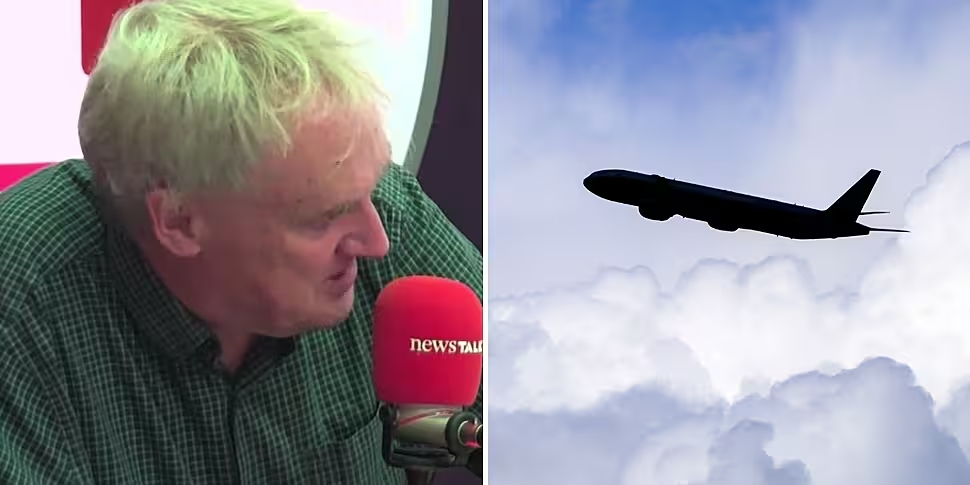While Aer Lingus flights are cancelled left, right and centre, flights that do make it off the ground should be aware of global warming increasing ‘severe’ turbulence.
That’s according to Professor Luke O’Neill, who told Show Me the Science the recent incidents of severe wind may remain uncommon – but they could happen more and more in the future.
Turbulence is the “clashing bodies of air moving at different speeds”, according to Prof O’Neill.
“If you're up in the air and there's two streams of air running along, and they're different speeds, and they clash into each other, and you happen to be in the middle of that the plane will experience turbulence,” he said.
Currently, turbulence costs the US economy $500 million (€467 million) each year due to delays, diversions and damage caused by a bumpy journey.
There are three types of rough air currents, Prof O’Neill explained.
Mountain wave turbulence happens when wind hits a mountain and goes up, hitting a plane, while convective turbulence happens when hot air rises.
The most important rough air current is clear air, erratic air currents that occur in cloudless air.
Prof O’Neill said there is “no warning” to entering a clear air zone like the other forms of turbulence.
“There's a massive amount of air flowing at a high speed and little bubbles of air are coming off that,” he said.
“These bubbles of air are moving faster and different pressure and if the plane flies into them, it's the experience of turbulence.”
 A plane in flight. Image: Pixabay
A plane in flight. Image: PixabayThe two recent incidents of severe rough air currents were a result of clear air.
There are also subcategories of light, moderate and severe air currents – with concerns for severe turbulence rising.
A study of 65,000 planes in the last 40 years found an increase in rough air currents over time – with global warming the likely culprit.
“They fed into the computer, what if global warming increases - which it is increasing even more - and what if carbon dioxide in the atmosphere goes up?” Prof O’Neill said.
“These would impact on turbulence, and the projections are there will be an increase in severe turbulence.
“Now they're having trouble saying how soon this will happen – years and years.
“Clearly this will keep being monitored - climate change is increasing.”
You can listen to the full explanation here:









